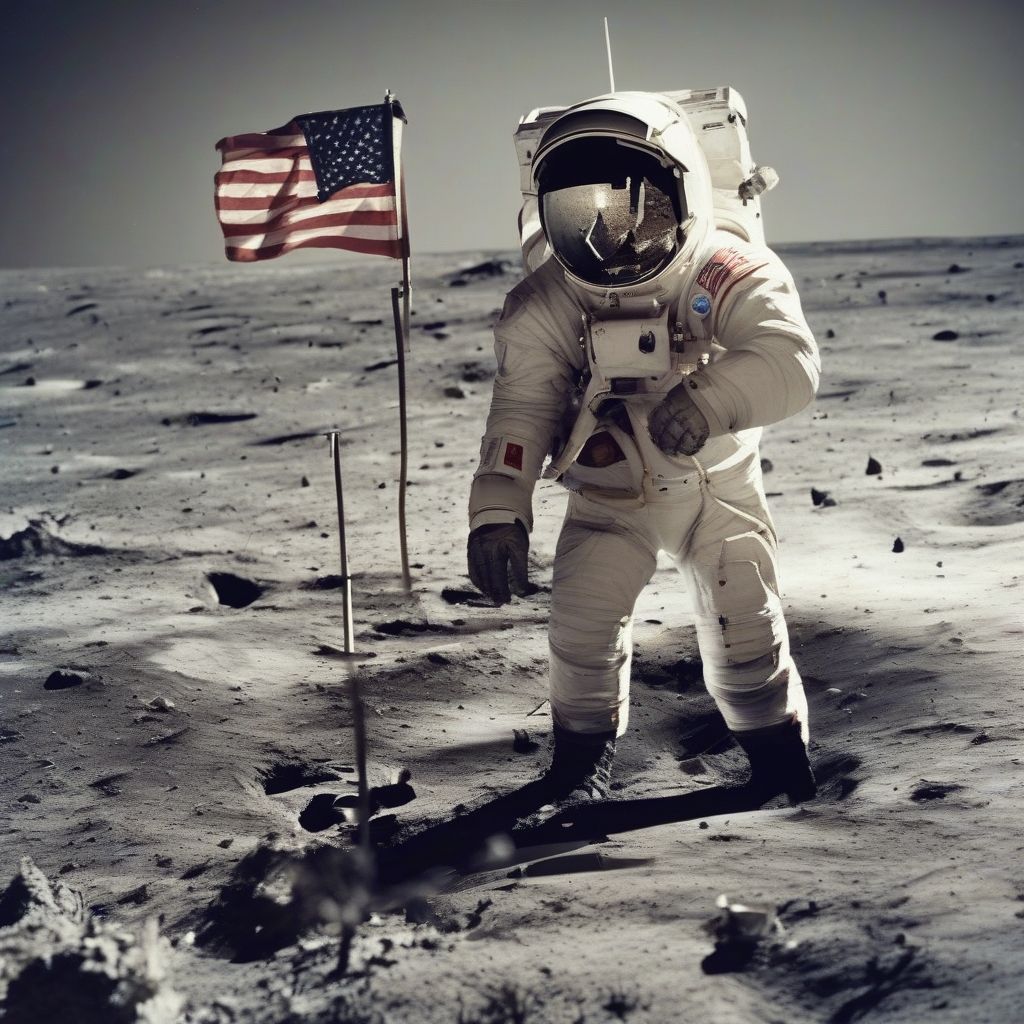Have you ever gazed up at the night sky, stars twinkling like celestial fireflies, and felt a profound sense of wonder about the vast universe beyond our reach? The human desire to explore the cosmos is as ancient as time itself, woven into our myths, legends, and scientific endeavors. This innate curiosity has propelled us on an incredible journey of space exploration, a saga marked by groundbreaking discoveries, technological marvels, and unwavering human spirit.
Join us as we take a thrilling trip through time, revisiting the key milestones that have shaped our understanding of the final frontier.
From Humble Beginnings to Giant Leaps
While our ancestors could only dream of touching the stars, their observations laid the groundwork for modern astronomy. Ancient civilizations tracked celestial bodies, creating calendars and navigating by the stars. Fast forward to the 20th century, and the dream of space travel transformed into a tangible reality.
The Dawn of the Space Age
The launch of Sputnik 1 by the Soviet Union in 1957 marked a pivotal moment. This modest, beach-ball-sized satellite became the first artificial object to orbit Earth, igniting the space race and captivating global attention.
One Small Step for Man, One Giant Leap for Mankind
Just over a decade later, in 1969, the United States achieved a monumental feat: landing humans on the Moon. Neil Armstrong’s iconic words, “That’s one small step for man, one giant leap for mankind,” echoed across the globe, forever etching this achievement into the annals of history.
 Apollo 11 Moon Landing
Apollo 11 Moon Landing
Expanding Our Horizons: Probes Beyond Earth
While human spaceflight captured the imagination, robotic probes were silently making their own mark, venturing into the depths of our solar system. The Voyager missions, launched in 1977, continue to send back invaluable data from interstellar space, pushing the boundaries of our knowledge.
The International Space Station: A Symbol of Collaboration
Amidst geopolitical tensions, the International Space Station (ISS) stands as a testament to international cooperation. A marvel of engineering, the ISS serves as a platform for scientific research in microgravity, fostering collaboration between nations and paving the way for future space exploration.
The Future of Space Exploration: Mars and Beyond
Looking ahead, the future of space exploration promises to be even more exhilarating. With missions to Mars on the horizon, private companies joining the space race, and the tantalizing possibility of discovering life beyond Earth, the cosmos beckons with endless possibilities.
Key Milestones in Space Exploration: A Timeline
To fully appreciate the magnitude of our spacefaring journey, let’s take a look at a timeline highlighting some of the most significant events:
1957: Launch of Sputnik 1, the first artificial satellite to orbit Earth.
1961: Yuri Gagarin becomes the first human in space.
1969: Neil Armstrong and Buzz Aldrin become the first humans to walk on the Moon during the Apollo 11 mission.
1971: The first space station, Salyut 1, is launched by the Soviet Union.
1981: The Space Shuttle era begins with the launch of Columbia.
1990: The Hubble Space Telescope is deployed, revolutionizing our view of the universe.
1998: The International Space Station (ISS) assembly begins.
2004: The Mars rovers, Spirit and Opportunity, land on Mars, sending back invaluable data.
2012: Voyager 1 becomes the first human-made object to enter interstellar space.
This timeline represents just a glimpse into the remarkable journey of space exploration. Each mission, each success, and each setback has paved the way for us to reach for the stars.
FAQs About Space Exploration
Over the years, people have always been curious about space exploration. Here are some of the most frequently asked questions:
1. Why is space exploration important?
Space exploration has pushed the boundaries of human ingenuity and led to groundbreaking technological advancements, benefiting our lives on Earth in countless ways. From satellite technology to medical imaging, the quest to explore the cosmos has fueled innovation and improved our understanding of the universe and our place within it.
2. What are the challenges of space travel?
Space travel presents numerous challenges, including the harsh environment of space, the physical and psychological toll on astronauts, and the immense cost and technological complexity involved. Overcoming these challenges requires ongoing innovation and collaboration.
3. What’s next for space exploration?
The future of space exploration is brimming with exciting possibilities! Missions to Mars, asteroid mining, and the search for life beyond Earth are just a few areas where significant advancements are anticipated.
[amazon bestseller=”space exploration”]
Conclusion: Our Journey Among the Stars Continues
From the earliest stargazers to the intrepid astronauts of today, the human spirit of exploration has propelled us on an awe-inspiring journey to uncover the mysteries of the universe. The history of space exploration is a testament to our boundless curiosity, unwavering determination, and the power of human ingenuity. As we look ahead to the future, the quest to explore the cosmos promises to be even more thrilling, challenging, and ultimately, rewarding.
What are your thoughts on the future of space exploration? What discoveries do you think await us in the vast expanse of space? Share your thoughts and join the conversation!
